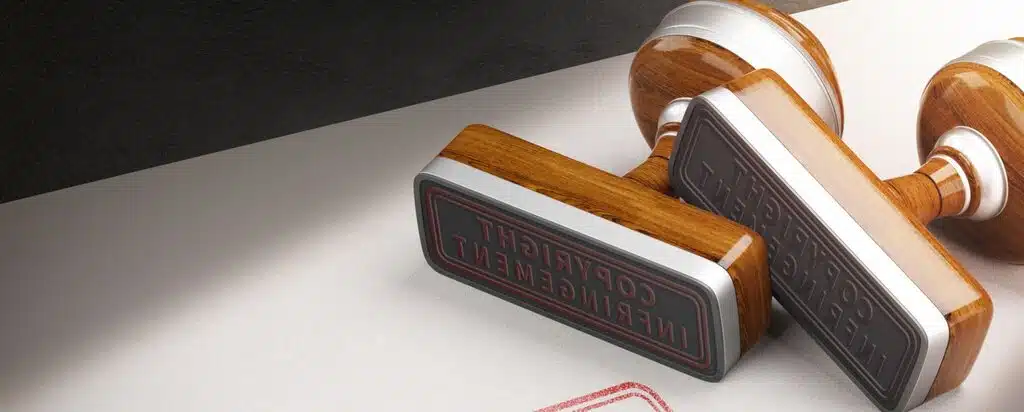If a trademark is officially registered, the mark’s owner has rights conferred on them under the 1994 Trademarks Act. That means they can prevent any unauthorised third-party usage of their trademark with respect to the specified services or goods.
Furthermore, a registered trademark owner is entitled to prevent third-party use of a similar sign for services or goods which are similar or identical to those registered under the trademark.
What Does “Use” Mean?
A trademark is deemed to be used if:
- It is affixed to the packaging of the goods or the goods themselves.
- Goods are exposed or offered for sale, stocked, or put on the market for the purpose of sale under the trademark.
- Goods are exported or imported using the sign.
- The sign is used in advertising or business papers.
What Does Unauthorised Use Mean?
Trademark infringement means that the mark’s owner hasn’t consented to the mark being used. A trademark’s owner may sell or license its authorised use to a third party if they wish. No consent to use a trademark isn’t sufficient to prove trademark infringement, however. There are some other factors that have to be present too.
To determine that trademark infringement has taken place, it has to be proven that:
- The trademark has been used in the course of business or trade.
- Its use is covered by one of the TMA 1994’s infringing acts.
The 1994 Trademarks Act specifies that trademark infringements include the following:
An identical mark on identical services or goods.
- Similar or identical marks for similar or identical services or goods.
- A conflict with a reputable mark.
- An identical mark on identical services or goods.
Similar Or Identical Marks On Similar Or Identical Services Or Goods
Should a third-party use a trademark identical to one that is registered by somebody else on services or goods that are identical to ones that the registered trademark is currently being used for, an infringement is deemed to have occurred. In order for a trademark to be viewed as identical it has to be reproduced entirely with no modifications.
When a mark is modified but only in an insignificant or minor way they’ll still be viewed as being identical. When modifications are more significant, the infringement often falls into the TMA 1994’s second category.
If a trademark has the potential to confuse the public about the services or goods’ origin, a trademark infringement can be established. In order to establish this, these factors are considered by the courts:
- How widespread recognition for the trademark is in the market for the services or goods it represents.
- What the association is between both marks.
- How similar the services, goods, or marks are.
Reputable Mark Conflicts
If a trademark has earned a reputation in the UK and a similar mark is taking unfair advantage of it, or the registered mark’s distinctive reputation and character have experienced a negative effect due to the identical or similar mark, an infringement is also considered to have occurred.


